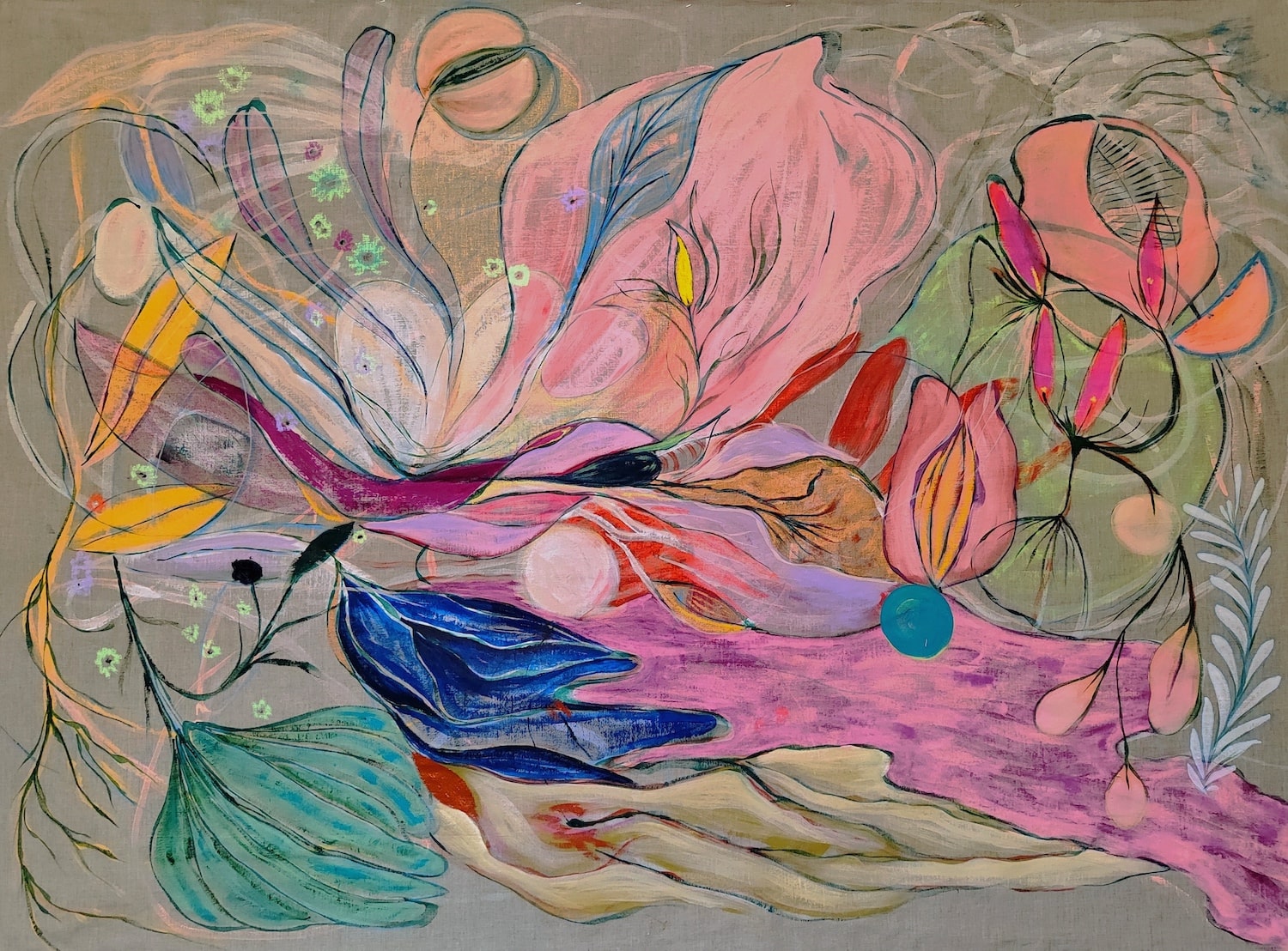Everywhere you looked at Salone del Mobile this year, there was another piece by the Munich-based designer Konstantin Grcic. There was the sculptural Noctambule Lamp for FLOS, a delicate-looking but very sturdy cast-bronze “Brut” series for Magis, a surprising new sofa addition to Cassina’s “Soft Props” line, the Stool-Tool for Vitra, and a modern take on the classic bistro chair for Plank.
Grcic set up his KGID studio in 1991, creating game-changing pieces like the moveable May Day lamp for FLOS and the iconic Chair One of Magis (which has been populating public spaces internationally for years now). With more than 25 years of experience, he’s seen the industry change drastically from analog to digital, and much more. No stranger to creating pieces with a wink and a nod, Grcic does take design seriously and considers it a responsibility. And while beauty and function are key, personal connections are paramount.
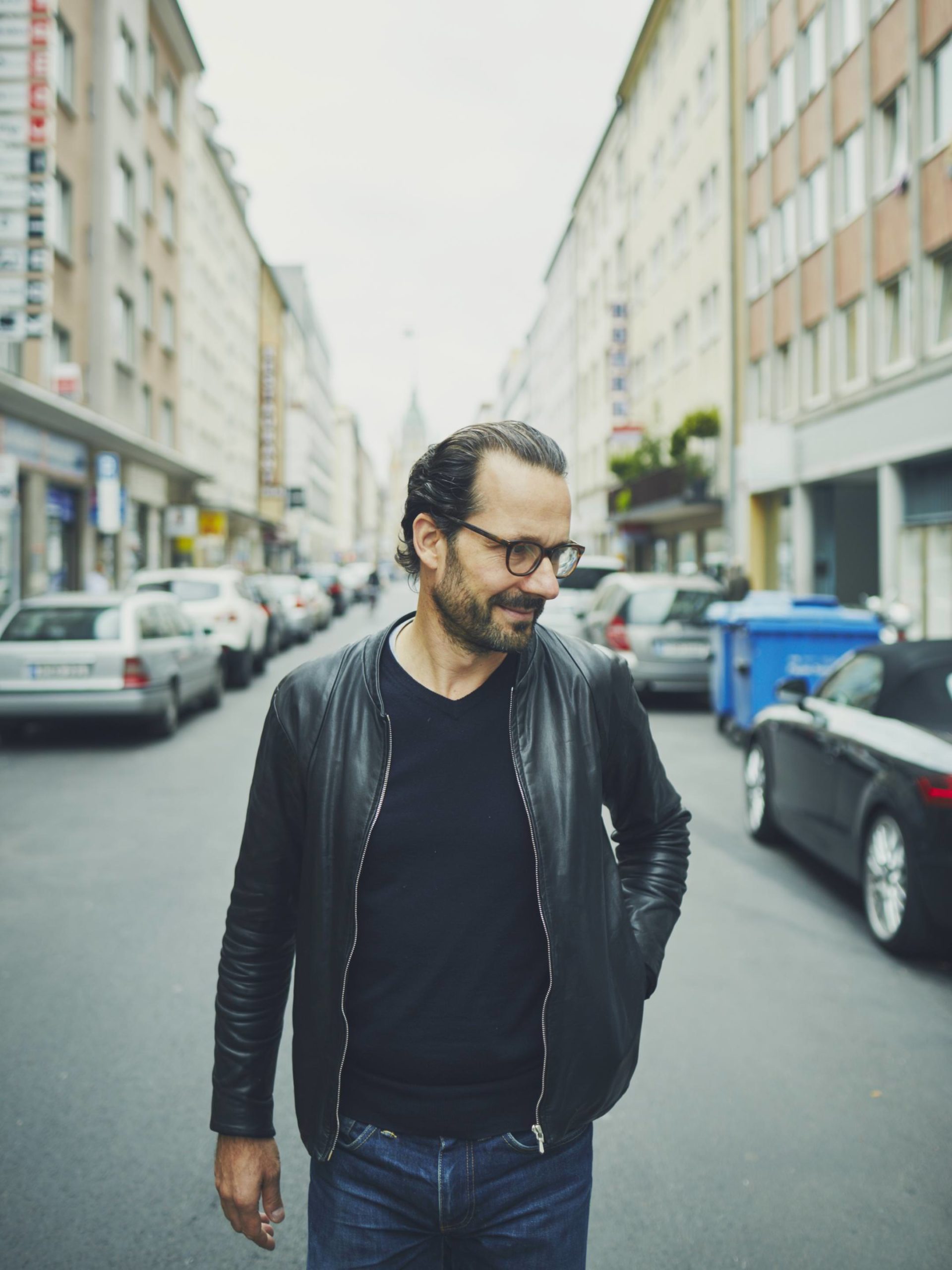 Portrait by Julian Baumann.
Portrait by Julian Baumann.
Whitewall spoke to Grcic about getting back to what is essential and pure.
WHITEWALL: Let’s start with some of the recent projects you debuted in Milan during Salone del Mobile in April, like the “Brut” collection with Magis. What attracted you to working in cast iron?
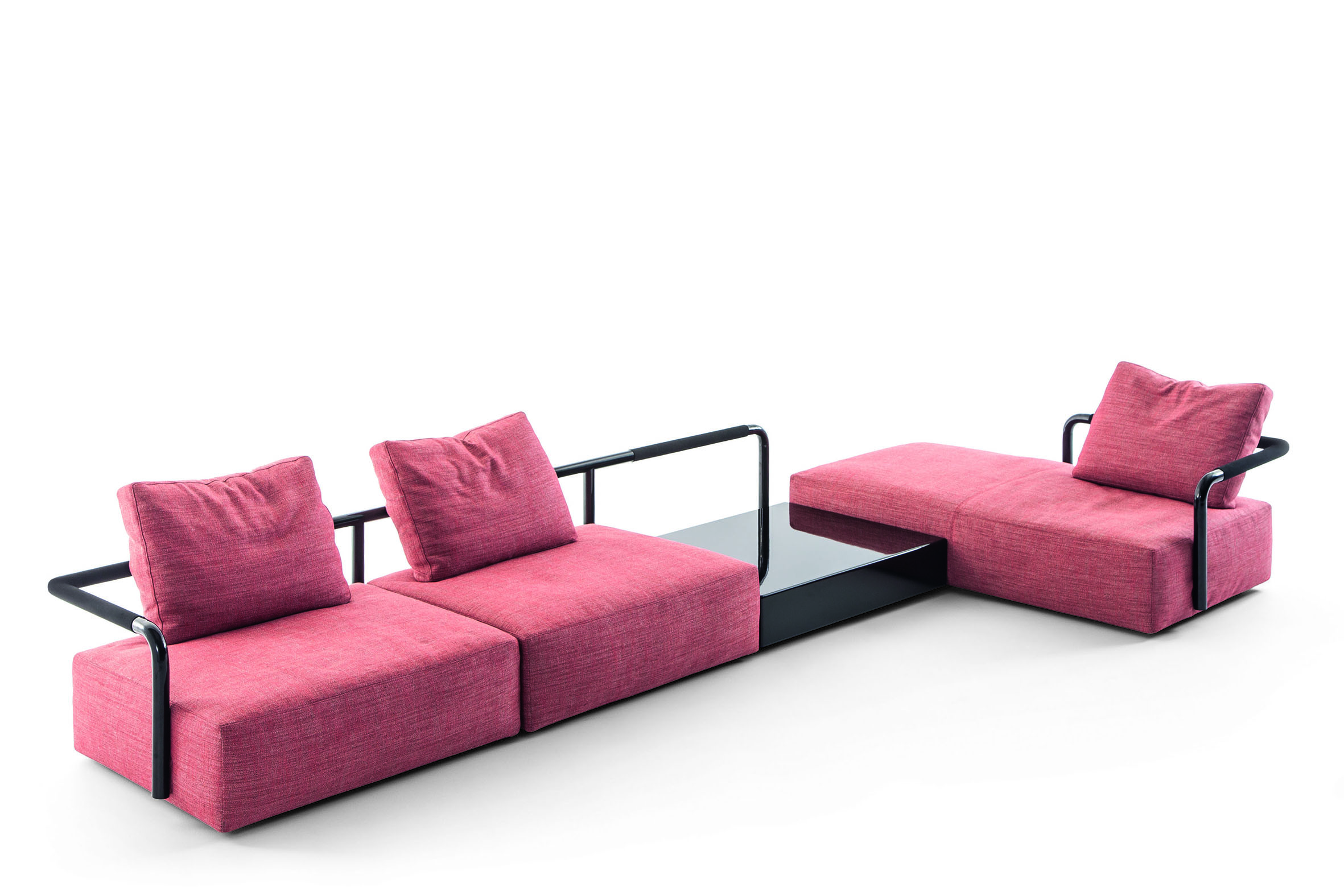 Soft Props in black for Cassina.
Soft Props in black for Cassina.
KONSTANTIN GRCIC: Cast iron attracts me because it has a certain history in furniture making and architecture. You think of the 19th-century glass crystal palace architecture, greenhouses, and so on and public furniture, garden furniture. I like the material because it’s raw, and the casting adds an interesting sophistication to the raw material. Very detailed molds can turn that raw, heavy material into something like floral garden furniture. That attracted me.
We looked at many different options at the very beginning of the project. We visited the potential producer to see the machinery, the equipment, in order to learn about what it involves. Designing with a new material is like learning a new language. You have to study a lot, looking at what has been done with it before. We found that there are many different ways of expressing the material in an appropriate way. I’ve chosen a very simple, almost minimalist language for it. And we added in the sofa, some upholstered elements. I think all of the pieces, the table and the new sofa, work with the material within the limitations we had from the producer. The result, I think, finds its own language.
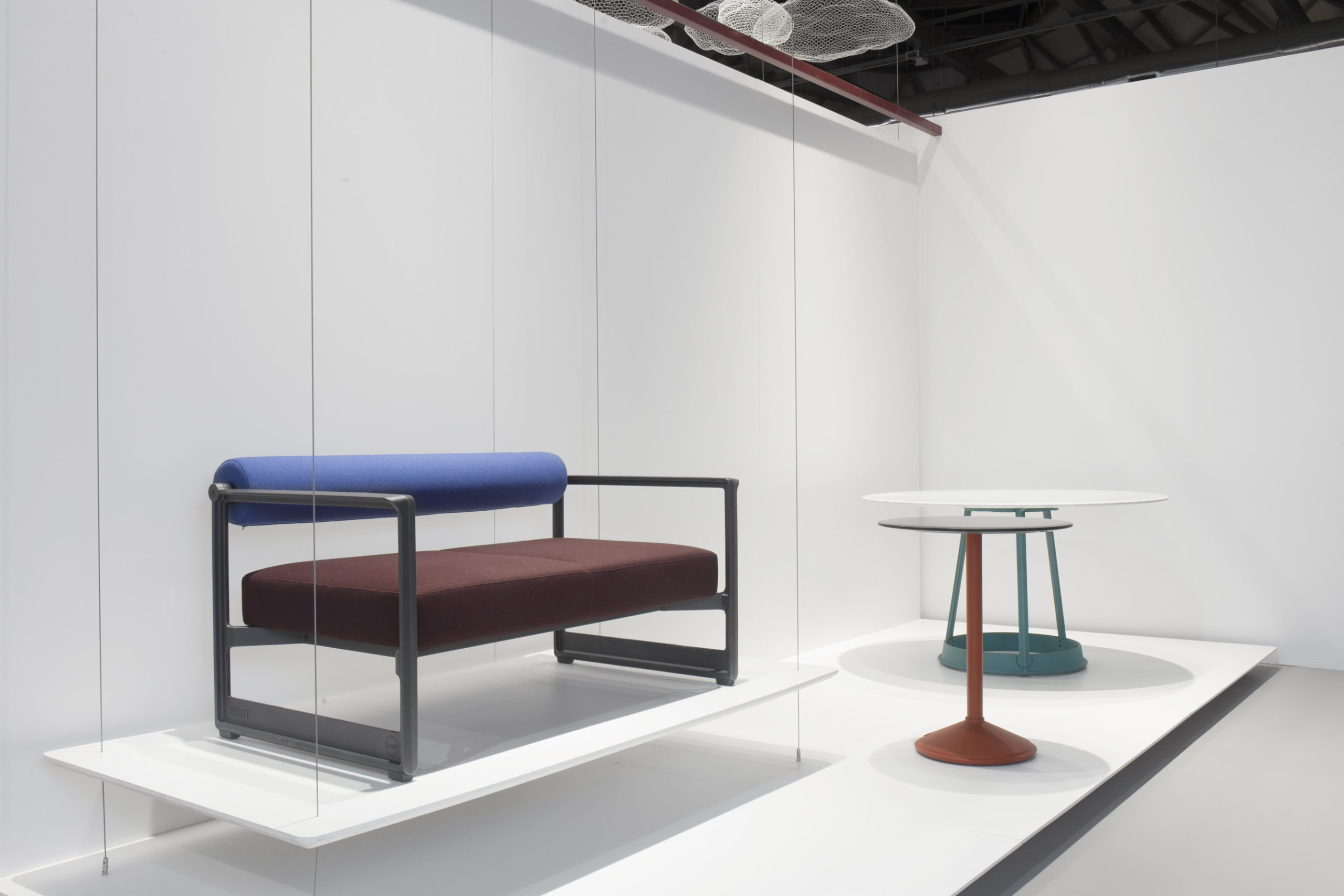 Brut collection for Magis
Brut collection for Magis
WW: The name of the collection, “Brut,” has a few language interpretations of its own, whether “brute,” meaning raw, or “brut” like for champagne . . .
KG: It’s always difficult to find names. This one I proposed has “brutal” in it, the rawness, but also it’s something from sparkling wine. I think it is interesting to introduce cast-iron furniture in a domestic table or a sofa, not in a public space. They are heavy, of course, so the sofa is not really one that you sit in to watch television. It is a sofa for a waiting area, where it doesn’t get shifted or moved around.
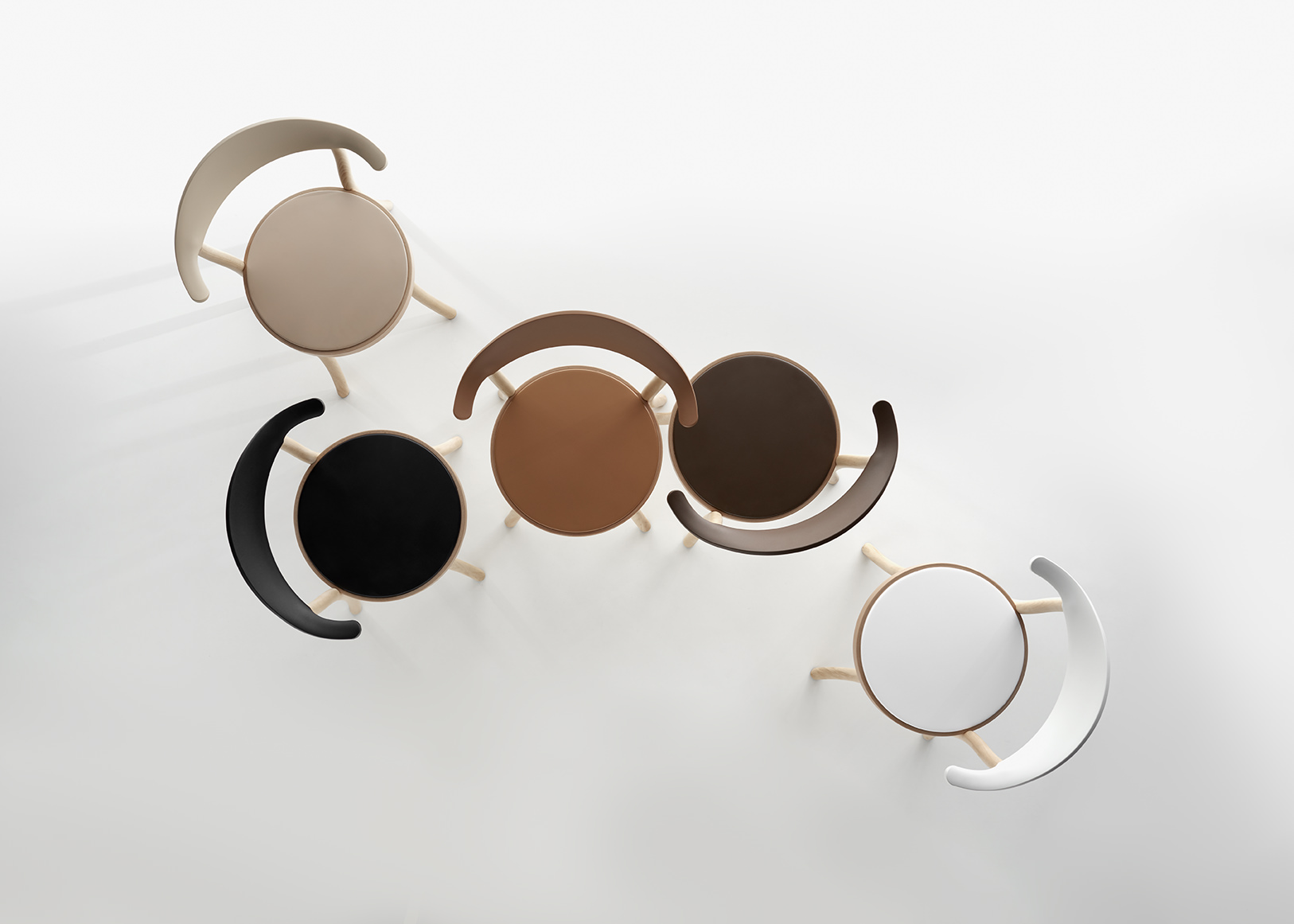 Bistro chair for Plank.
Bistro chair for Plank.
WW: You worked on another sofa, the Soft Props sofa for Cassina, which follows your 2016 modular Props collection. Both are about making the living space more flexible. What interested you in making couch that was more spatially abstract, without compromising comfort?
KG: The Cassina project, maybe in a similar way to the Magis one, addresses two types of space: the private domestic one and the public one. I think these two domains are not so different anymore. It’s now all right to introduce furniture that brings in aspects from public or architectural scale into the private domestic space.
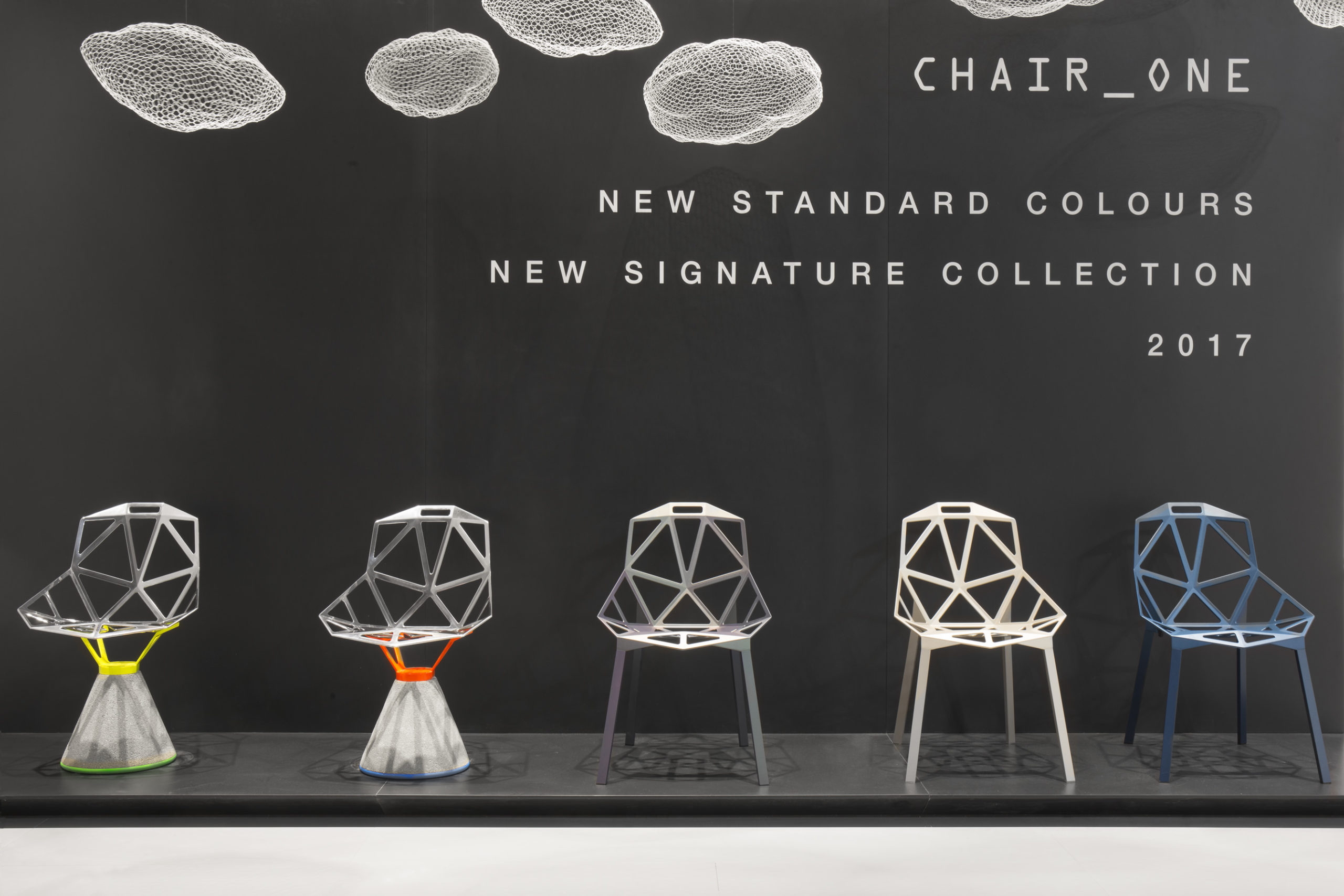 Chair One for Magis.
Chair One for Magis.
Cassina produces industrially, but at a very high level of workmanship, which is important for their product and that determines the design process of a piece of upholstery. It’s not just a block of foam with a cover on it; it’s really a construction of different foams and paddings and added elements to ensure the comfort.
WW: Which is necessary, because the back cushions of the sofa are completely moveable and removeable against a back railing.
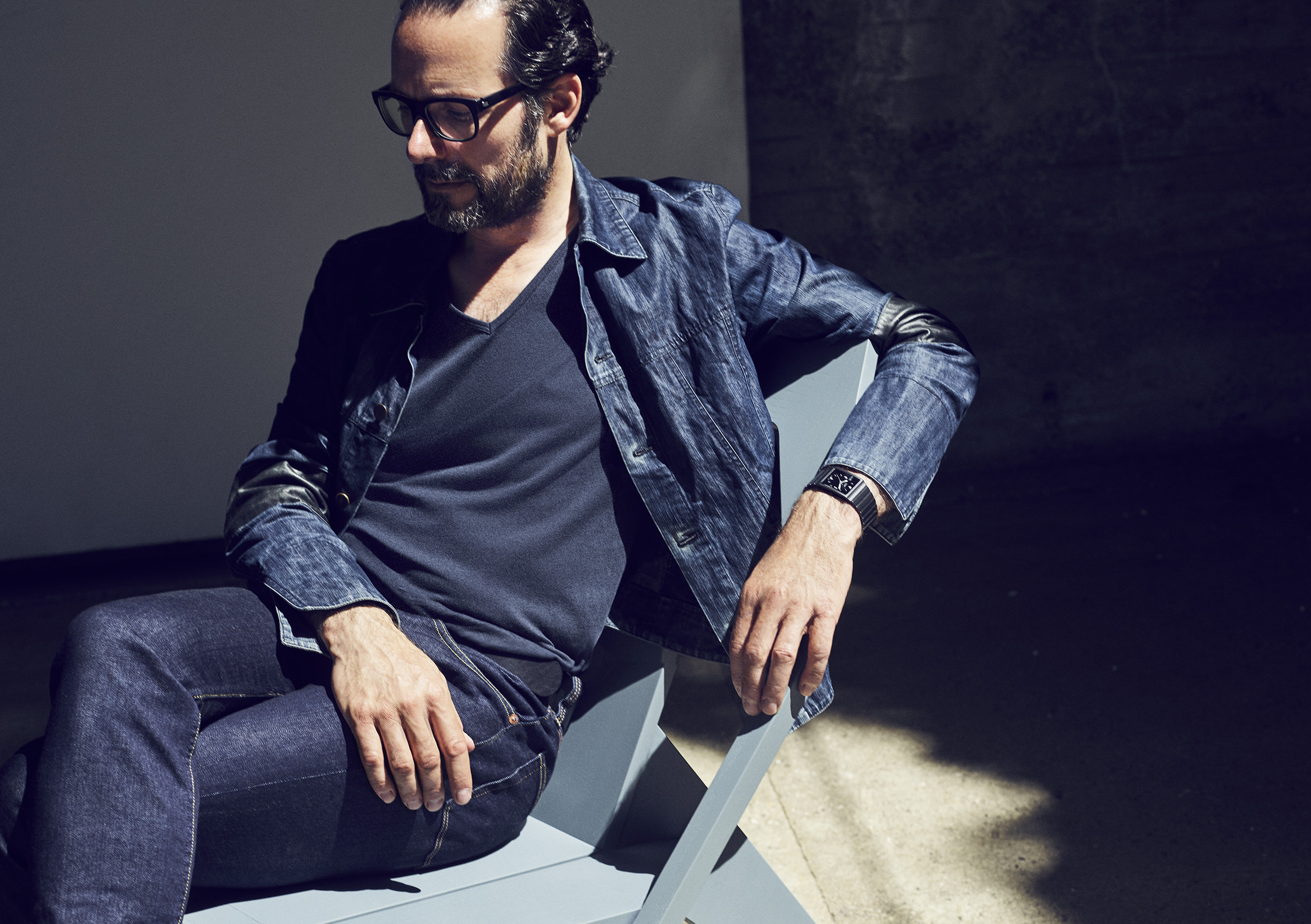 Portrait by Marcus Jans
Portrait by Marcus Jans
KG: Yes, the Soft Props sofa is inspired by subway the railings in Milan subway stations. It’s introducing a strange, rough, hard element into this beautiful and sophisticated project. I couldn’t claim I’ve redefined or reinvented the sofa—it’s a pretty basic thing that we designed—but maybe it’s almost so basic that Cassina wouldn’t have done it. It’s just an upholstered block with metal railing around it.
WW: It is quite different.
KG: It creates a different look. It creates an interesting function also. It’s like a bench with something to lean against or hold on to. You can also sit on the railing, so it can become a real public piece of furniture. And as soon as you add the back cushions that are loose, you create comfort in a very simple way. You can use the cushion horizontally or vertically, or you can put two cushions instead of one. I wanted to achieve a high level of comfort, but in a very simple way, while creating flexibility.
WW: And a need for personal engagement.
KG: Yes, there’s also that. It’s an engagement, which I think is very intuitive. You understand it immediately. I like that there is this engagement with a user and the fact that it’s something you can mold to what you want it to be.
WW: You set up your studio in 1991. The industry has wildly changed in terms of technology, materials, and production. In a recent interview, though, you said, with technology and opportunities, the greatest challenge is making something that is essential and pure. Can you speak more to that idea?
KG: The industry is changing so much, and there’s a lot of new stuff happening made in very different ways from how I’m working. I’ve, of course, felt a bit vulnerable, questioning my own position, and whether that was still right, or am I just old now, doing things in an old-fashioned way. I don’t know, and maybe I don’t even have a clear idea, but I think there is something still so relevant today in the fact that I’m working with these companies and working with people and people who have knowledge, skills, and culture.
I think design is best when you can really get to the essence, to the root, to the core, to the origin of things. In the work we do, we don’t make assumptions. It may be very small, but still it’s so much nicer to be able to work on something that I really know about. I’m in this position where I understand the process, I know a lot, and I have access to a team of people with knowledge. We can be so much more radical in that way.
I’m not against globalization—it’s not a political statement—but there is a problem with losing touch with your tools and losing touch with what the project is really about. I find that in the small scale of the industry where I’m working, I still have that connection and that creates a great freedom and gives me a lot of satisfaction.
This article is published in Whitewall‘s 2017 Design Issue.










